Home>Home Appliances>Home Automation Appliances>How To Use A Dial Thermostat
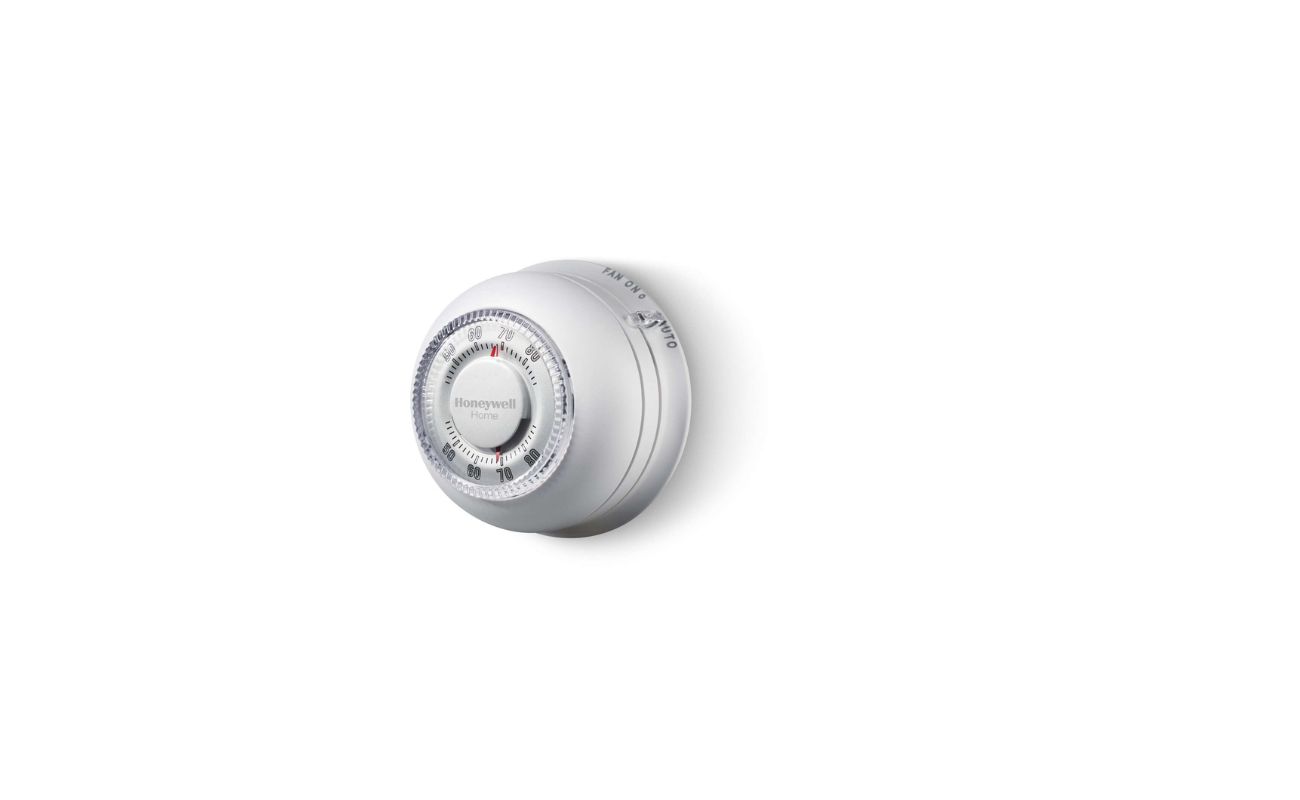

Home Automation Appliances
How To Use A Dial Thermostat
Modified: January 6, 2024
Learn how to effectively use a dial thermostat for your home automation appliances. Discover tips and tricks for optimizing your thermostat settings.
(Many of the links in this article redirect to a specific reviewed product. Your purchase of these products through affiliate links helps to generate commission for Storables.com, at no extra cost. Learn more)
Introduction
Welcome to the world of home automation, where comfort and convenience are just a dial turn away. In this guide, we will delve into the fascinating realm of dial thermostats, exploring their functionality, setup, and optimization. Whether you’re a seasoned homeowner or a first-time user, understanding the nuances of a dial thermostat can significantly enhance your indoor climate control experience.
Imagine being able to effortlessly adjust the temperature in your living space with a simple twist of a dial. With a dial thermostat, this vision becomes a reality, offering a user-friendly interface that puts you in control of your home’s heating and cooling systems. From mastering the basics to fine-tuning your thermostat’s settings, this article will serve as your comprehensive companion, providing insights and tips to maximize the potential of your dial thermostat.
So, grab your favorite beverage, get comfortable, and let’s embark on a journey to unlock the full potential of your dial thermostat. By the end of this guide, you’ll not only be well-versed in the art of dial thermostat operation but also equipped to troubleshoot common issues and optimize your home’s comfort with confidence.
Key Takeaways:
- Dial thermostats offer a simple, user-friendly way to control home temperature, making them a reliable and durable choice for homeowners seeking uncomplicated climate control.
- By understanding and engaging with your dial thermostat, you can create a personalized and responsive indoor environment that aligns with your lifestyle and enhances overall comfort.
Read more: How To Use A Friedrich Thermostat
Understanding the Basics of a Dial Thermostat
At its core, a dial thermostat is a simple yet effective device designed to regulate the temperature within your home. Unlike digital thermostats, which utilize electronic displays and touch controls, dial thermostats feature a classic dial mechanism that allows users to adjust the temperature settings manually.
The main components of a dial thermostat include the dial itself, temperature markings, and possibly a switch for controlling the heating and cooling modes. The dial is typically marked with temperature indicators, ranging from cooler temperatures on the left to warmer temperatures on the right. This intuitive design enables users to select their desired temperature by turning the dial to the corresponding position.
One of the key advantages of a dial thermostat is its simplicity. With no complex digital interfaces or programming requirements, users can easily grasp the functionality of the device, making it an ideal choice for those who prefer a straightforward approach to temperature control.
Furthermore, dial thermostats are known for their reliability and durability. Unlike their digital counterparts, which may be susceptible to electronic malfunctions or display errors, dial thermostats are often lauded for their robustness and longevity. This makes them a dependable choice for homeowners seeking a low-maintenance solution for maintaining indoor comfort.
Another notable feature of dial thermostats is their compatibility with a wide range of heating and cooling systems. Whether you have a traditional furnace, a modern heat pump, or a central air conditioning unit, a dial thermostat can seamlessly integrate with these systems, providing versatile temperature control for various home setups.
Overall, the simplicity, reliability, and compatibility of dial thermostats make them a popular choice for homeowners looking for an uncomplicated yet effective way to manage their indoor climate. In the next section, we will explore the steps involved in setting up a dial thermostat, allowing you to harness its potential and enjoy personalized temperature control in your home.
Setting Up Your Dial Thermostat
Setting up a dial thermostat is a straightforward process that begins with selecting an optimal location for installation. Ideally, the thermostat should be placed on an interior wall, away from direct sunlight, drafty areas, and heat-generating appliances. This ensures accurate temperature readings and prevents interference with the thermostat’s operation.
Before installing the thermostat, it’s essential to turn off the power to your heating and cooling system at the circuit breaker. This precautionary measure safeguards against electrical hazards during the installation process. Once the power is safely turned off, you can proceed with mounting the thermostat on the wall using the provided screws and anchors.
After securing the thermostat in place, you’ll need to connect the wires from your heating and cooling system to the corresponding terminals on the thermostat. Typically, these connections are labeled with letters such as R, W, Y, and G, representing power, heating, cooling, and fan functions, respectively. Following the manufacturer’s instructions and wiring diagram is crucial to ensure proper connectivity and functionality.
Once the wiring is complete, it’s time to restore power to your heating and cooling system and the thermostat. This allows you to verify that the thermostat is receiving power and that the connected systems are operational. At this stage, it’s advisable to conduct a test run by adjusting the dial to different temperature settings and observing the system’s response to ensure that the thermostat is functioning as intended.
With the thermostat successfully installed and connected, you can proceed to fine-tune the settings to align with your comfort preferences. This may involve calibrating the temperature scale on the dial, ensuring that the indicated temperatures correspond accurately to the actual room temperature. Additionally, familiarizing yourself with the heating and cooling mode switch, if applicable, enables you to seamlessly transition between different climate control functions.
By following these steps, you can effectively set up your dial thermostat, laying the foundation for personalized temperature management in your home. In the subsequent sections, we will explore how to adjust the temperature, program the thermostat, and troubleshoot common issues, empowering you to make the most of your dial thermostat’s capabilities.
Adjusting the Temperature
Once your dial thermostat is successfully set up, you can begin harnessing its intuitive functionality to maintain a comfortable indoor environment. The process of adjusting the temperature with a dial thermostat is delightfully simple, requiring only a smooth rotation of the dial to achieve your desired setting.
When you turn the dial towards the warmer end of the temperature scale, the heating system is triggered to raise the room temperature to the level indicated on the dial. Conversely, rotating the dial towards the cooler end prompts the cooling system to activate, bringing the room temperature down to the selected setting. This seamless operation allows you to effortlessly tailor the indoor climate to your liking, ensuring a pleasant and inviting atmosphere throughout your home.
It’s important to note that the temperature settings on the dial may be represented in degrees Fahrenheit or Celsius, depending on the thermostat’s design and regional standards. Familiarizing yourself with the specific temperature scale used on your thermostat enables you to make accurate adjustments and maintain precise control over your home’s temperature.
Moreover, the responsive nature of a dial thermostat ensures that changes to the temperature setting take effect promptly, allowing you to experience the impact of your adjustments without delay. This real-time responsiveness empowers you to adapt the indoor climate to suit your activities and preferences, whether you’re relaxing in a cozy, warm setting or seeking a refreshingly cool environment during hot weather.
By mastering the art of adjusting the temperature with your dial thermostat, you gain the freedom to create an ambiance that complements your lifestyle, promotes relaxation, and enhances overall well-being. The simplicity and immediacy of temperature control offered by a dial thermostat elevate your home comfort experience, making it a valuable asset in your quest for a harmonious living space.
In the following section, we will delve into the process of programming your dial thermostat, unlocking additional capabilities that further enhance your ability to manage and optimize your home’s temperature settings.
Programming Your Dial Thermostat
While traditional dial thermostats do not offer advanced programming features found in digital models, they still provide a level of customization through manual adjustments that cater to your daily routine and comfort requirements. By understanding the nuances of your dial thermostat, you can leverage its inherent flexibility to create tailored temperature settings that align with your lifestyle.
One effective strategy for programming your dial thermostat involves adjusting the temperature settings based on your typical daily schedule. For instance, you can raise the temperature setting when you’re away from home during the day to conserve energy, then lower it to a comfortable level as you return in the evening. This approach allows you to optimize energy usage without compromising on comfort.
Furthermore, if your dial thermostat includes a heating and cooling mode switch, you can manually transition between these modes as the seasons change. During warmer months, you can set the thermostat to cooling mode to maintain a refreshing indoor environment, while switching to heating mode becomes essential in colder weather to keep your home comfortably warm.
Another aspect of programming your dial thermostat involves adapting the temperature settings to accommodate special activities or events. Whether you’re hosting a gathering at home or engaging in a particular hobby that requires specific temperature conditions, the versatility of a dial thermostat enables you to make temporary adjustments to suit these occasions.
It’s worth noting that while dial thermostats lack the pre-programmed schedules and digital interfaces of their modern counterparts, their manual operation fosters a deeper connection with the temperature control process. By actively engaging with the thermostat to tailor settings according to your needs, you gain a heightened sense of control over your home’s climate, fostering a more personalized and responsive environment.
Ultimately, the process of programming a dial thermostat revolves around leveraging its simplicity and adaptability to create a customized temperature regime that harmonizes with your daily rhythm and activities. By embracing the manual adjustments and mode selection offered by your dial thermostat, you can curate an indoor climate that caters to your unique preferences and enhances your overall comfort.
In the subsequent section, we will explore common issues that may arise when using a dial thermostat and provide troubleshooting tips to address these challenges effectively.
Read more: How To Use Alexa Thermostat
Troubleshooting Common Issues
While dial thermostats are renowned for their reliability and user-friendly operation, occasional issues may arise that require troubleshooting to ensure seamless performance. By familiarizing yourself with common problems and their solutions, you can effectively address any challenges that may impact the functionality of your dial thermostat.
Inaccurate Temperature Readings
If you notice discrepancies between the temperature indicated on the thermostat and the actual room temperature, it’s essential to verify that the thermostat is not exposed to direct sunlight, drafts, or heat sources. These external influences can skew temperature readings, leading to inaccuracies in the thermostat’s performance. Relocating the thermostat to a more suitable position can rectify this issue and improve its accuracy.
Unresponsive Heating or Cooling Systems
In the event that the heating or cooling systems fail to activate in response to adjustments made on the dial thermostat, it’s crucial to check the power supply and wiring connections. Ensure that the circuit breaker for the heating and cooling systems is operational and that the thermostat’s wiring is securely connected to the corresponding terminals. Additionally, inspect the system’s filters and vents for any obstructions that may impede airflow and hinder their operation.
Limited Temperature Control Range
If you find that the temperature control range of your dial thermostat is limited, preventing you from achieving your desired settings, it’s advisable to verify the compatibility of the thermostat with your heating and cooling systems. Some systems may require specific thermostat models to accommodate broader temperature ranges, and consulting with a professional technician can help identify and address this compatibility issue.
Read more: How To Use A Digital Thermostat
Inconsistent Operation
Inconsistencies in the operation of your dial thermostat, such as erratic temperature adjustments or frequent cycling of the heating or cooling systems, may indicate underlying issues with the thermostat’s internal components. In such cases, contacting a qualified technician to inspect and potentially replace any faulty components can restore the thermostat’s reliable performance and ensure consistent temperature control.
By proactively addressing these common issues and implementing the recommended solutions, you can optimize the functionality of your dial thermostat, fostering a dependable and efficient climate control system within your home. In the final section, we will conclude our exploration of dial thermostats, summarizing the key insights and empowering you to make the most of this user-friendly and versatile temperature management device.
When using a dial thermostat, set the temperature to your desired level and wait for the system to adjust. Avoid frequently adjusting the dial, as this can lead to inefficient heating or cooling.
Conclusion
Congratulations on embarking on a journey to unravel the intricacies of dial thermostats and harness their potential to enhance your home’s comfort and energy efficiency. Throughout this guide, we’ve delved into the fundamental aspects of dial thermostat operation, from setting up the device to adjusting the temperature and programming it to suit your lifestyle. By understanding the basics and troubleshooting common issues, you’ve gained valuable insights into maximizing the functionality of your dial thermostat.
One of the standout features of a dial thermostat is its simplicity, offering an intuitive interface that empowers users to effortlessly control their home’s temperature with a mere twist of the dial. This user-friendly approach, coupled with the device’s compatibility with various heating and cooling systems, makes dial thermostats a popular choice for homeowners seeking a reliable and straightforward solution for climate control.
Moreover, the manual adjustments and mode selection capabilities of dial thermostats foster a deeper connection with the temperature control process, allowing users to tailor settings to their specific needs and daily routines. This hands-on approach not only provides a heightened sense of control over the indoor climate but also promotes a more personalized and responsive environment within the home.
As you continue to engage with your dial thermostat, remember that periodic maintenance, such as verifying the thermostat’s positioning and checking wiring connections, can contribute to its consistent performance and accuracy. Additionally, staying attuned to the system’s responsiveness and addressing any issues promptly can help ensure a seamless and reliable temperature control experience.
By integrating the knowledge and tips shared in this guide into your daily interactions with your dial thermostat, you are well-equipped to optimize its functionality and enjoy a harmonious indoor climate tailored to your preferences. Whether you’re fine-tuning the temperature for comfort, conserving energy, or adapting to seasonal changes, your dial thermostat stands ready to serve as a dependable companion in your quest for a comfortable living space.
With your newfound understanding of dial thermostats, you are poised to embark on a journey of personalized temperature management, empowering you to create an environment that reflects your unique lifestyle and enhances your well-being. Embrace the simplicity, reliability, and adaptability of your dial thermostat, and let it be the guiding force in maintaining an inviting and comfortable home for you and your loved ones.
Frequently Asked Questions about How To Use A Dial Thermostat
Was this page helpful?
At Storables.com, we guarantee accurate and reliable information. Our content, validated by Expert Board Contributors, is crafted following stringent Editorial Policies. We're committed to providing you with well-researched, expert-backed insights for all your informational needs.
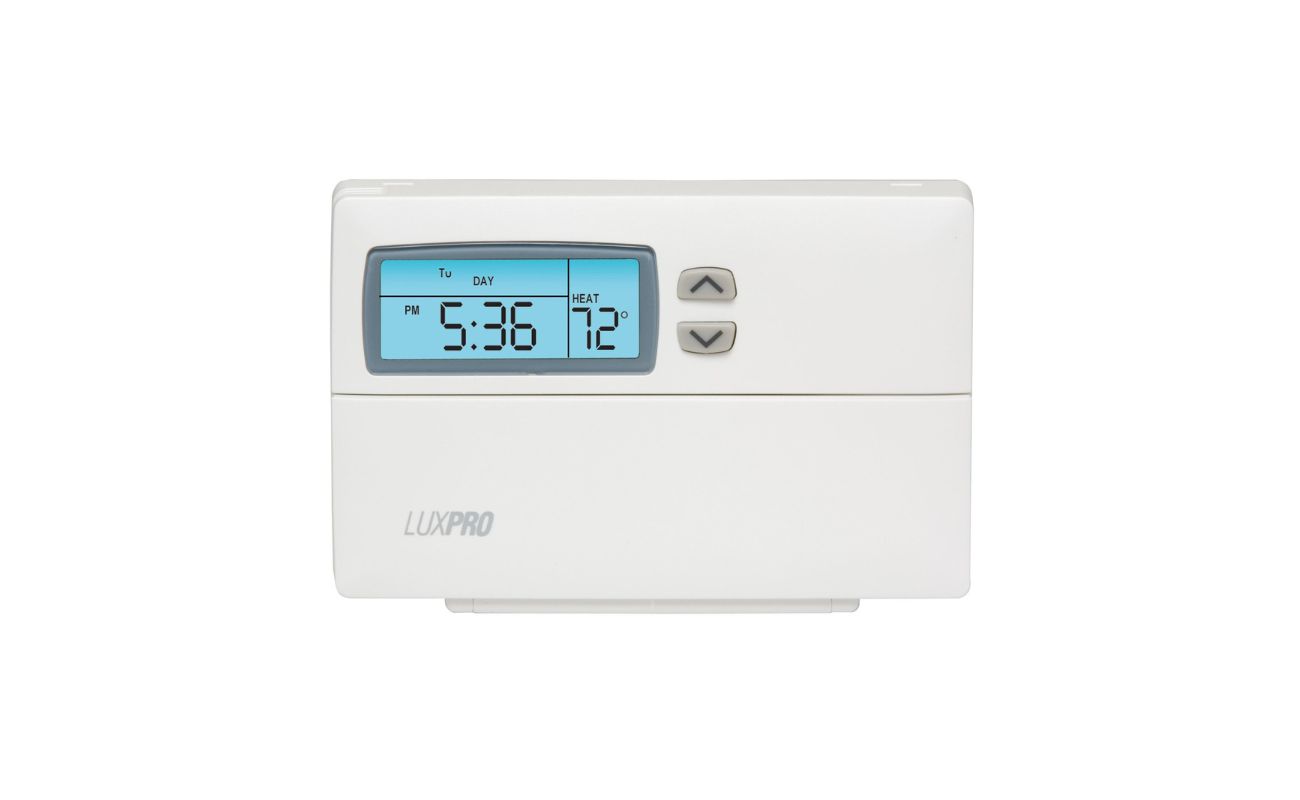
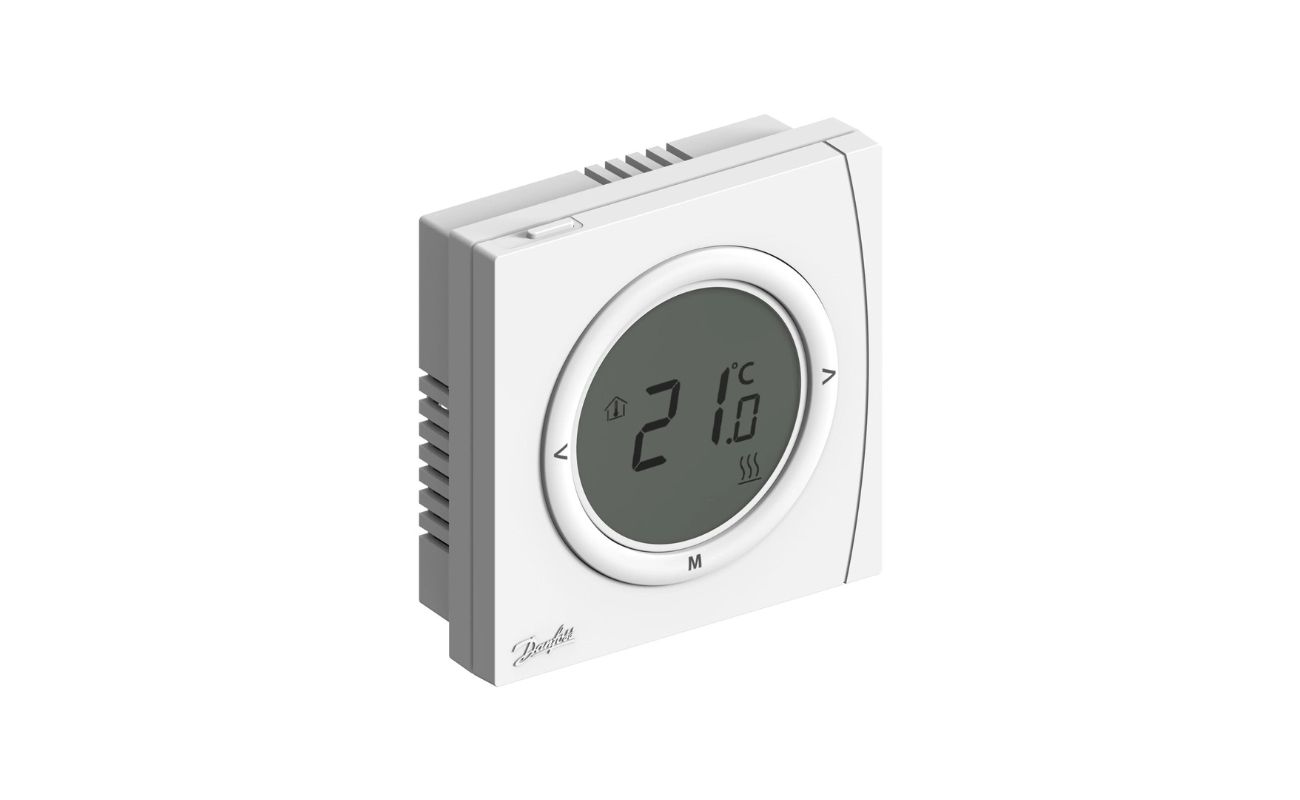

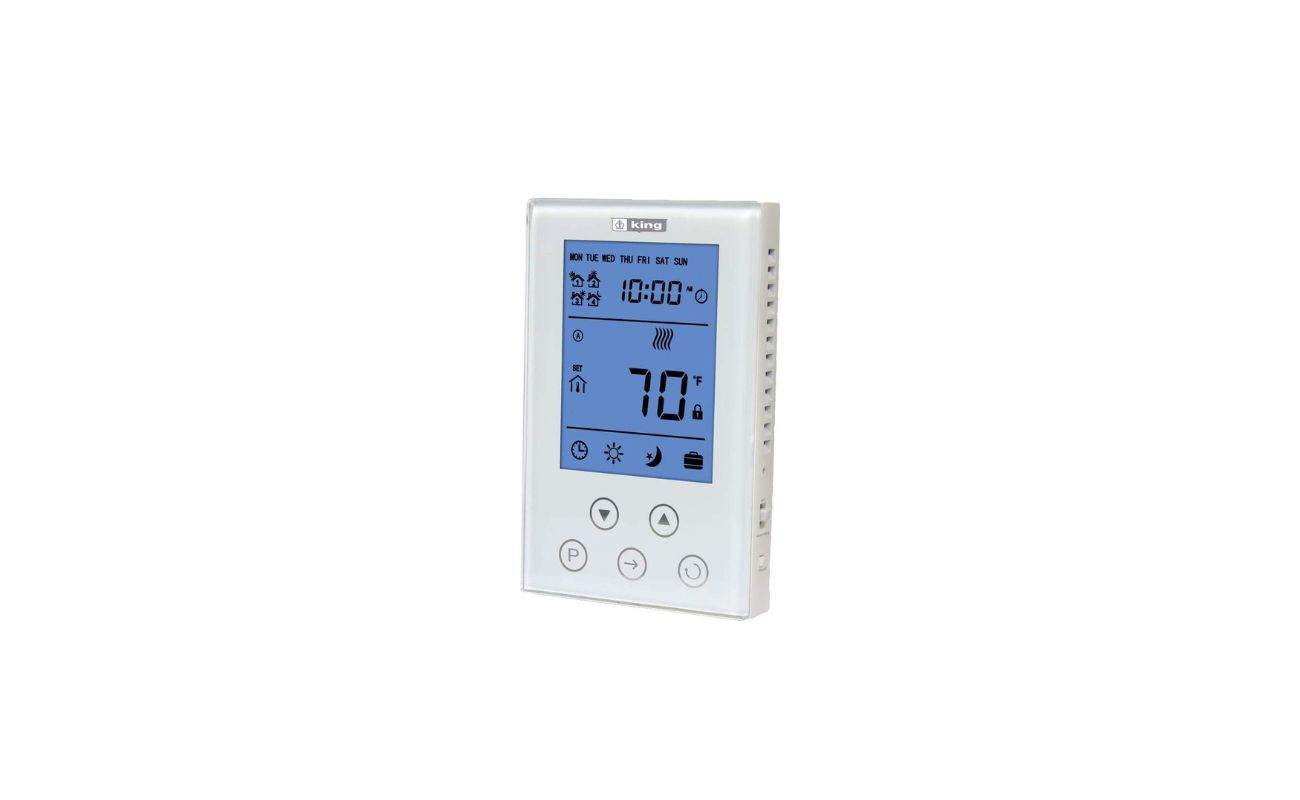
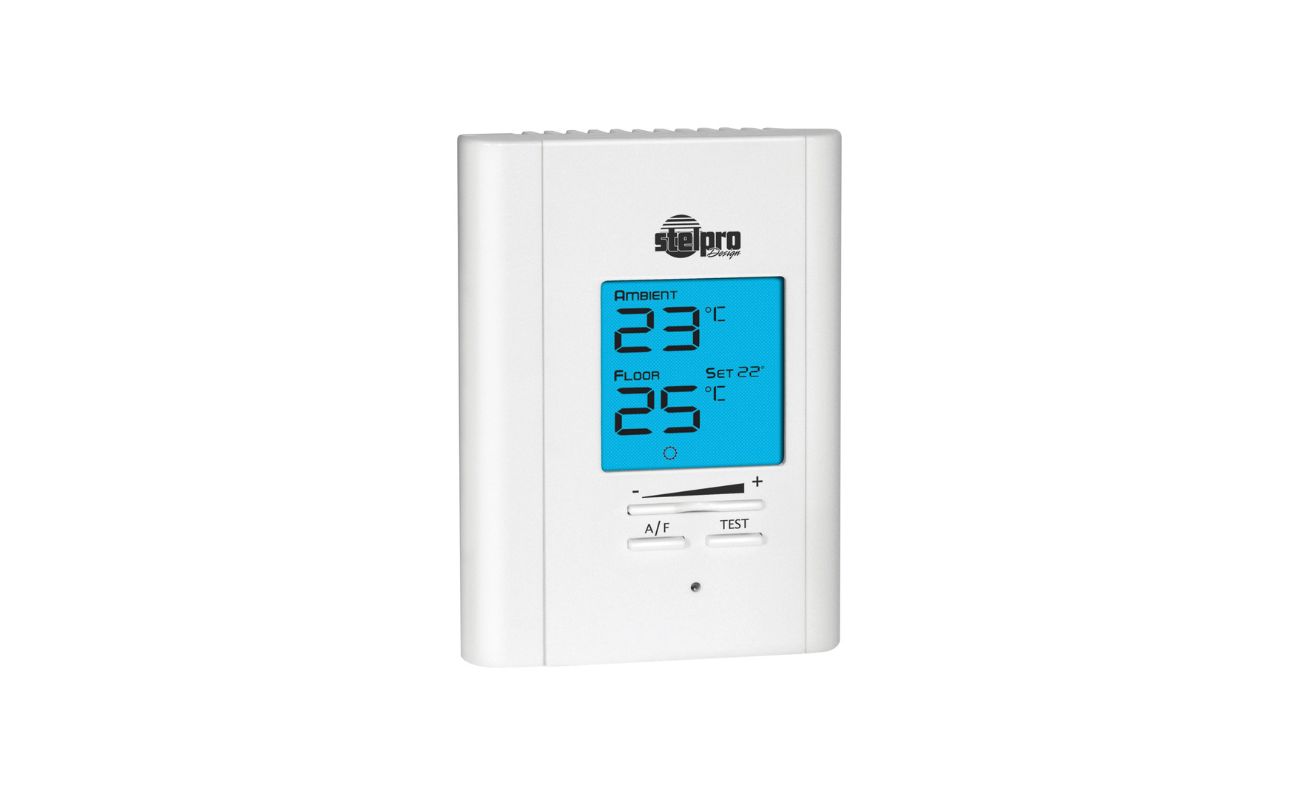
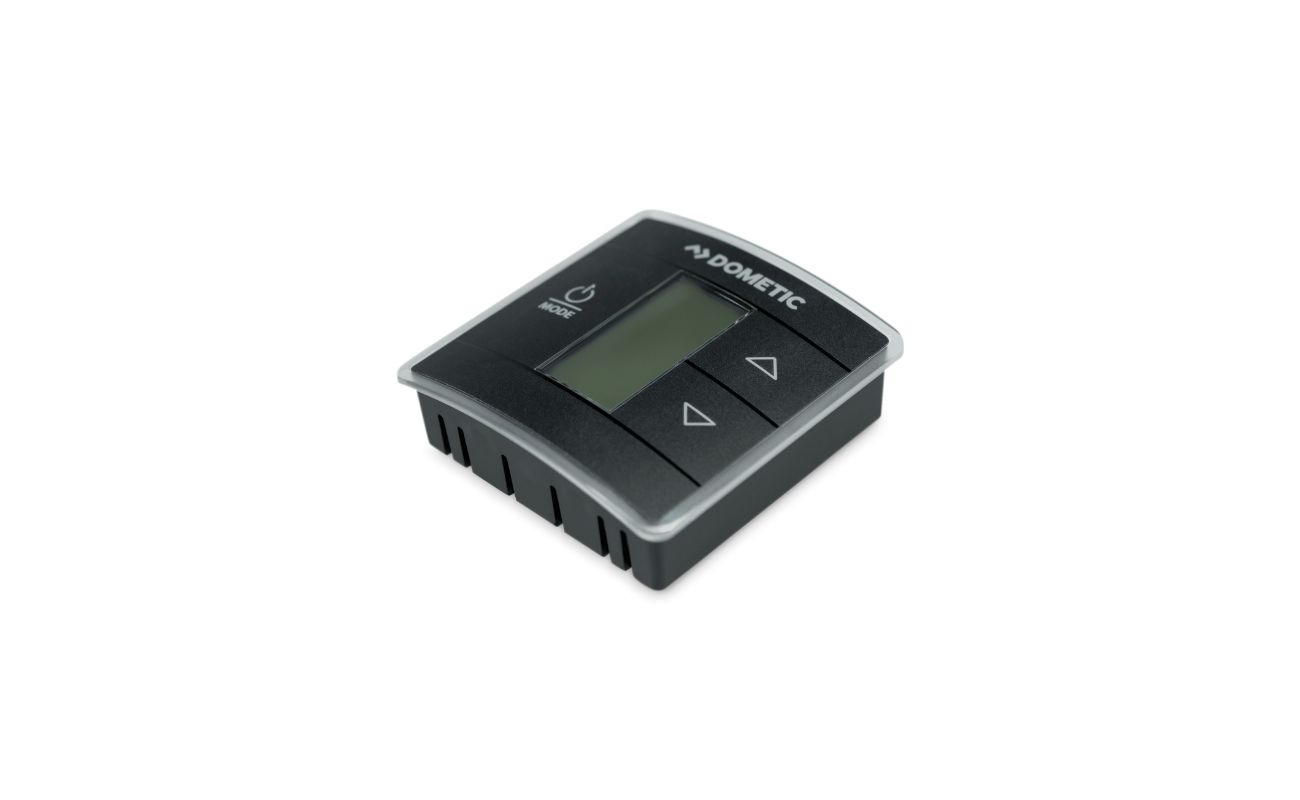
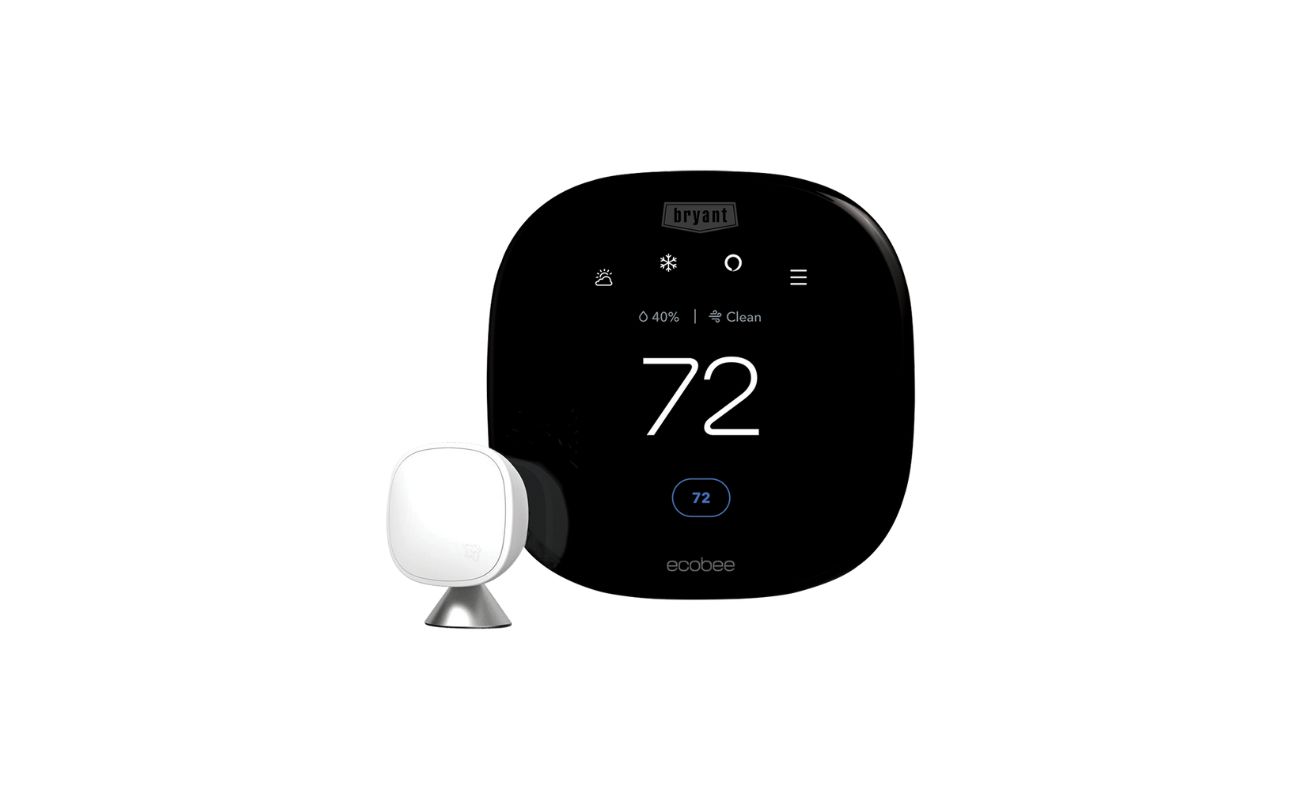
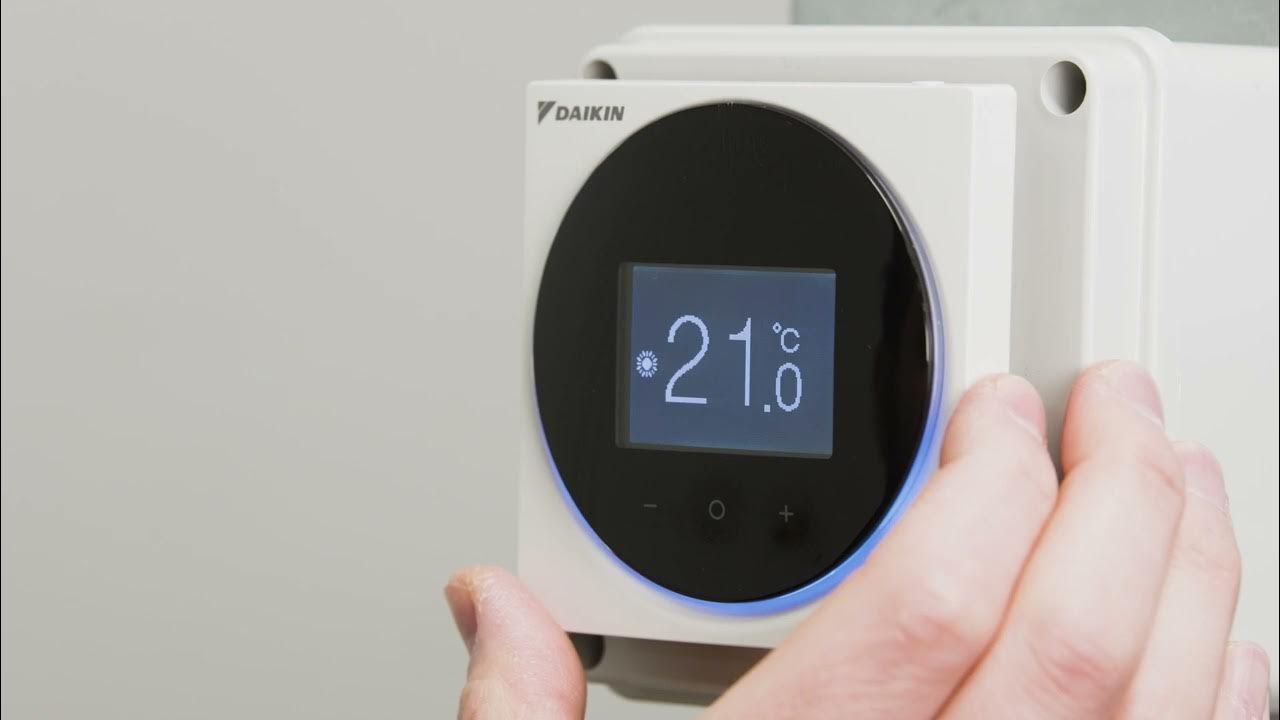
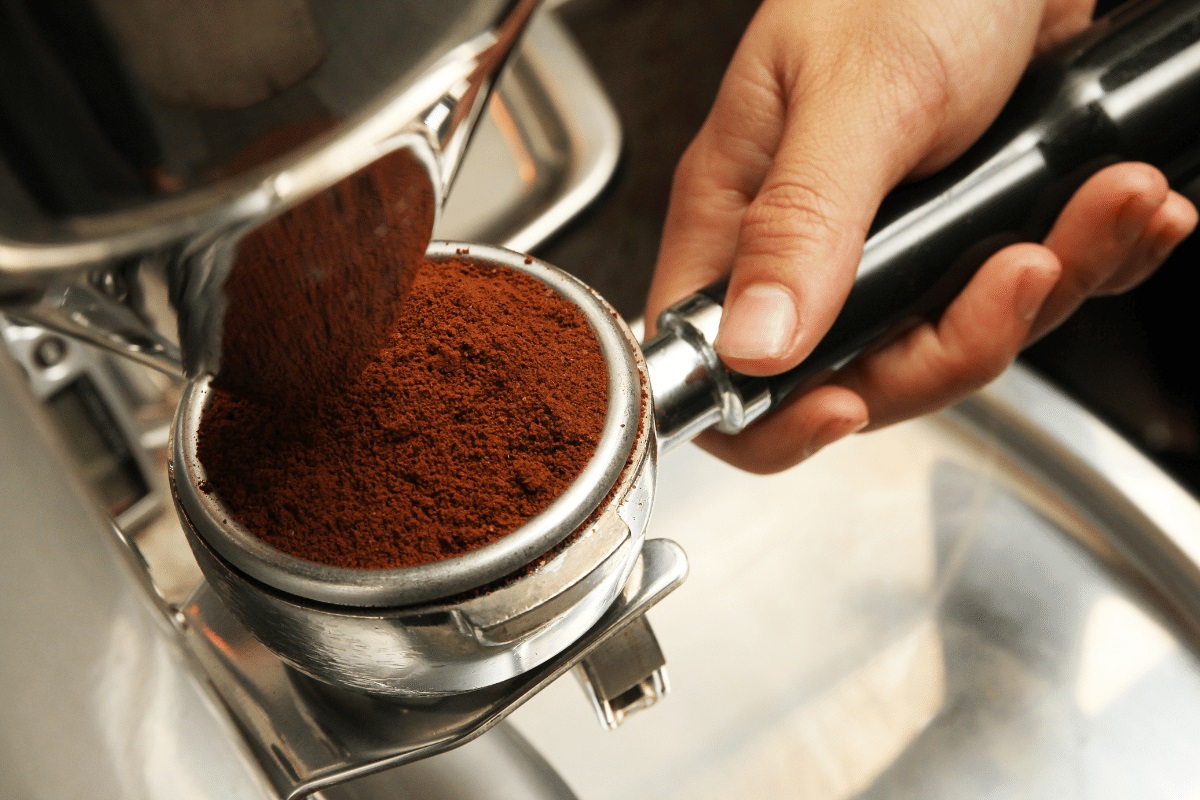
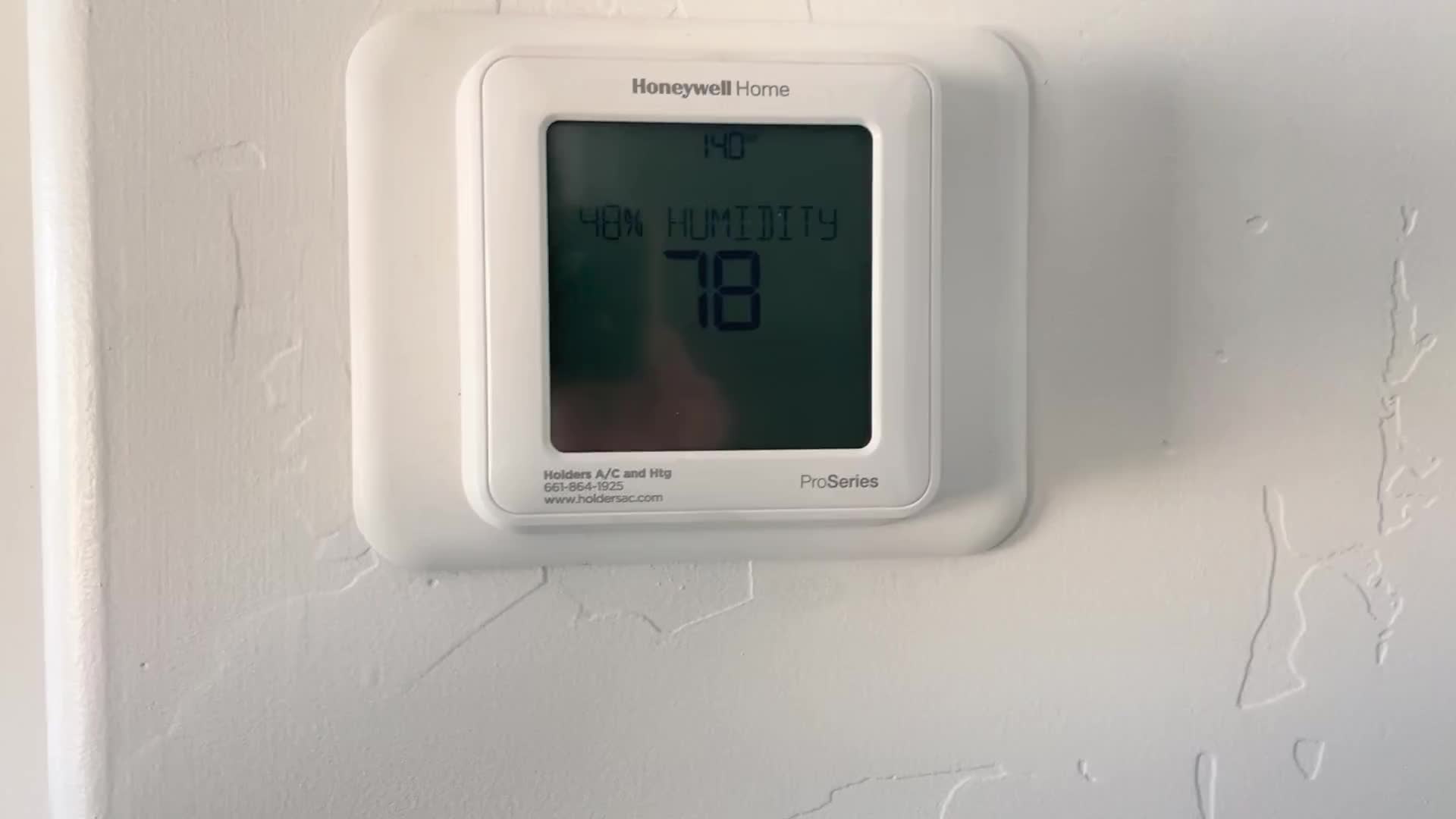
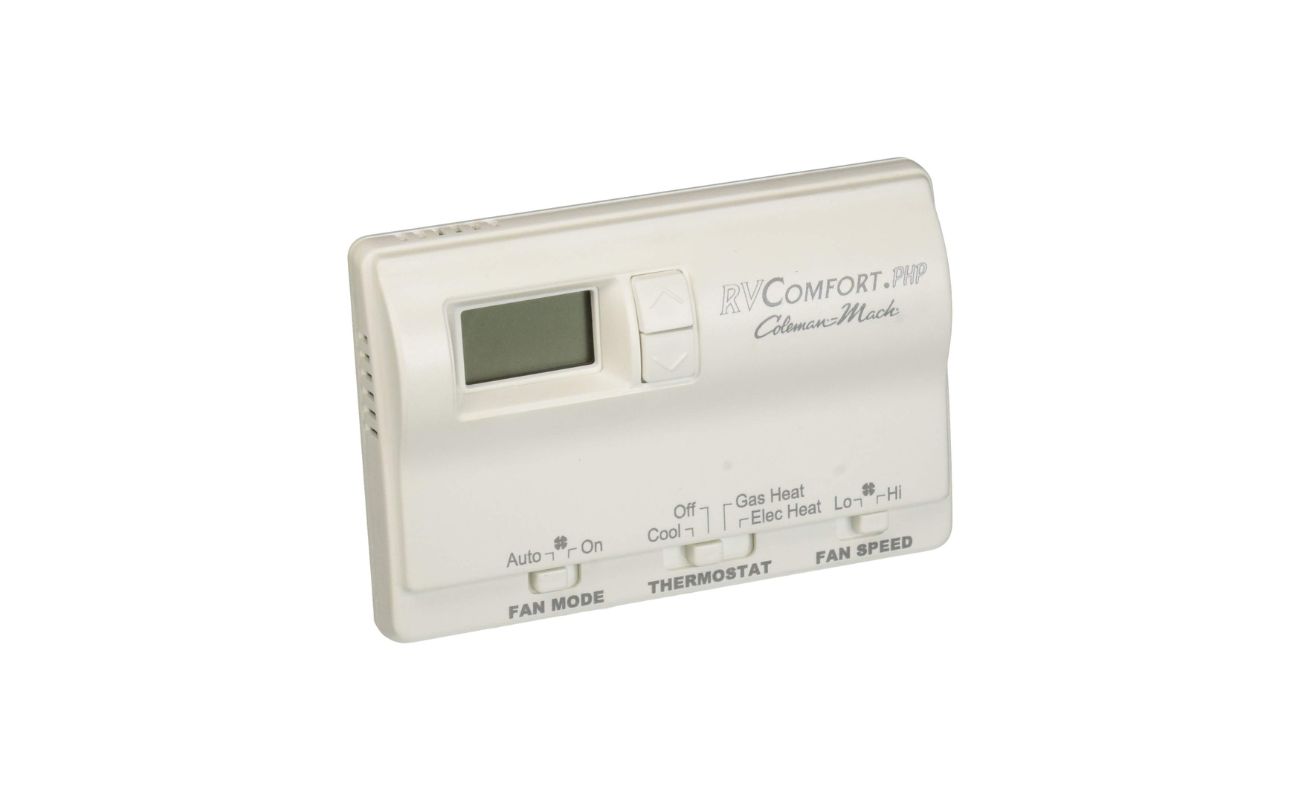
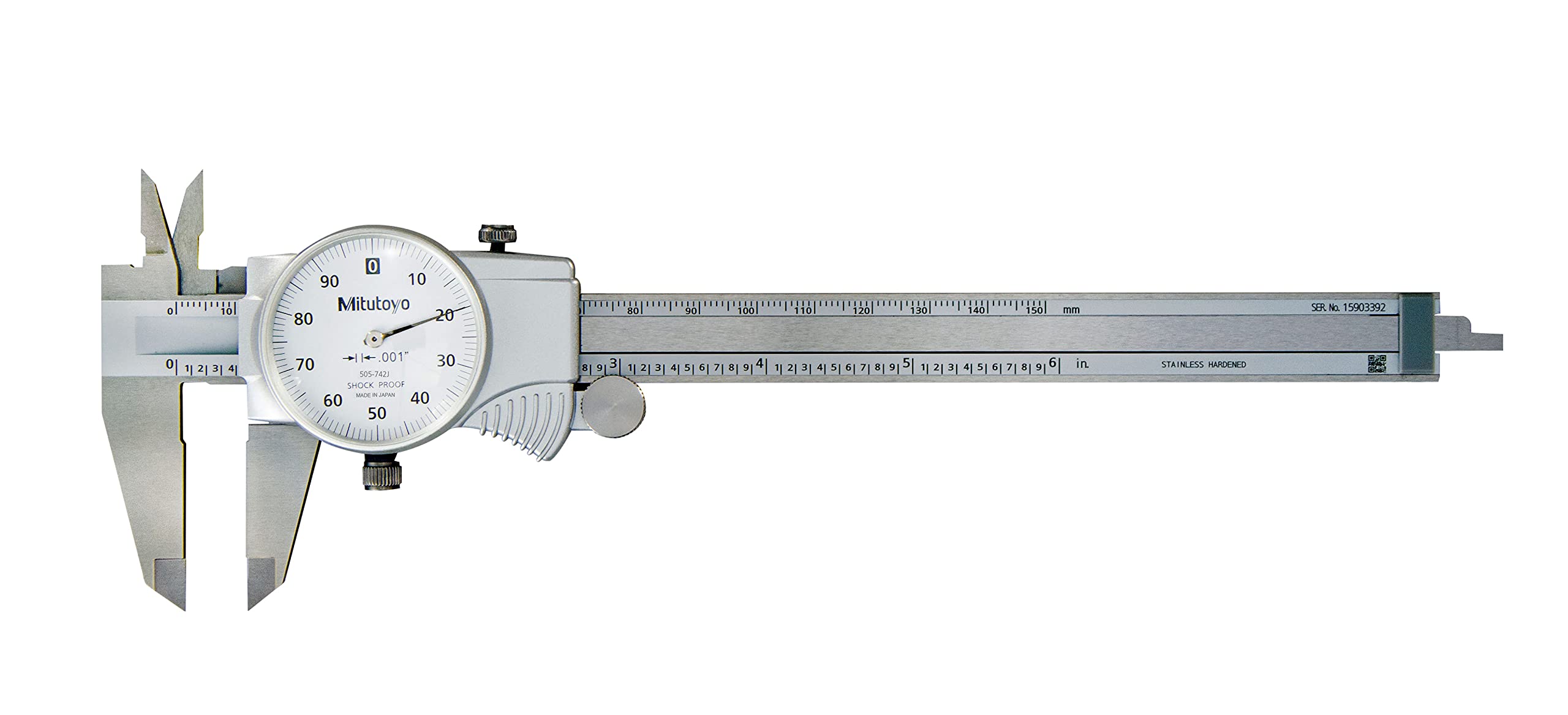
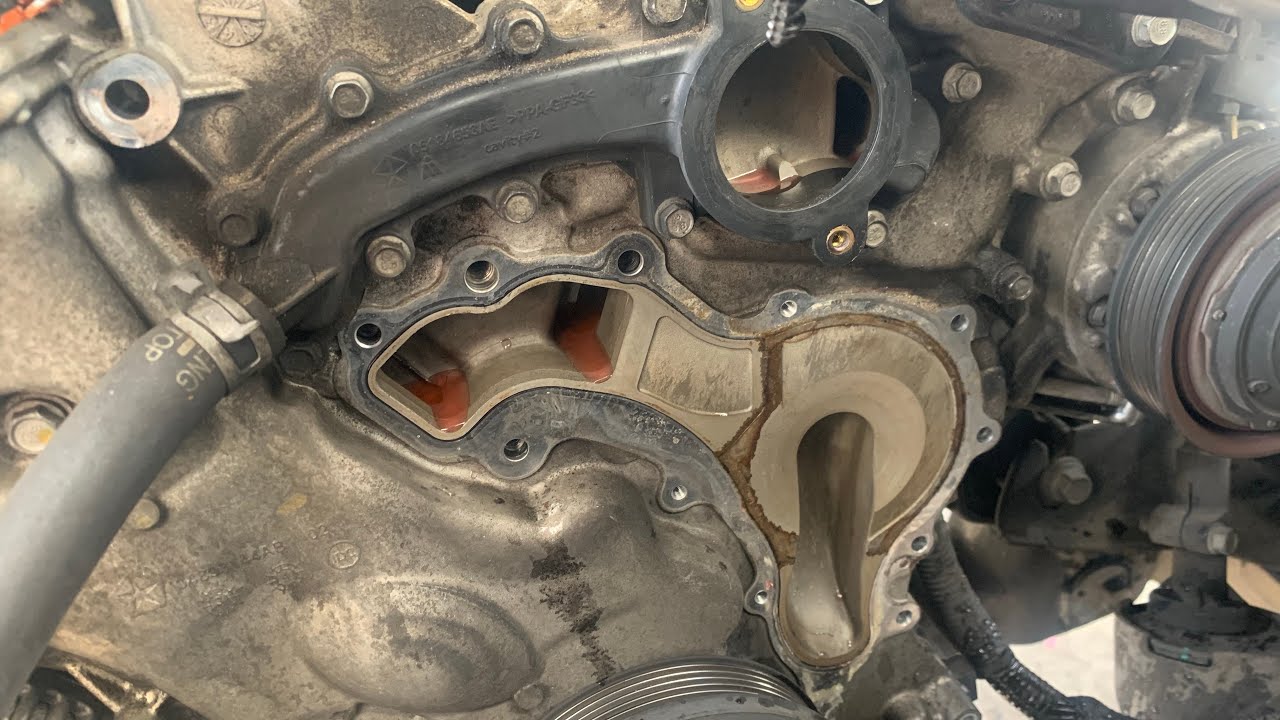

0 thoughts on “How To Use A Dial Thermostat”